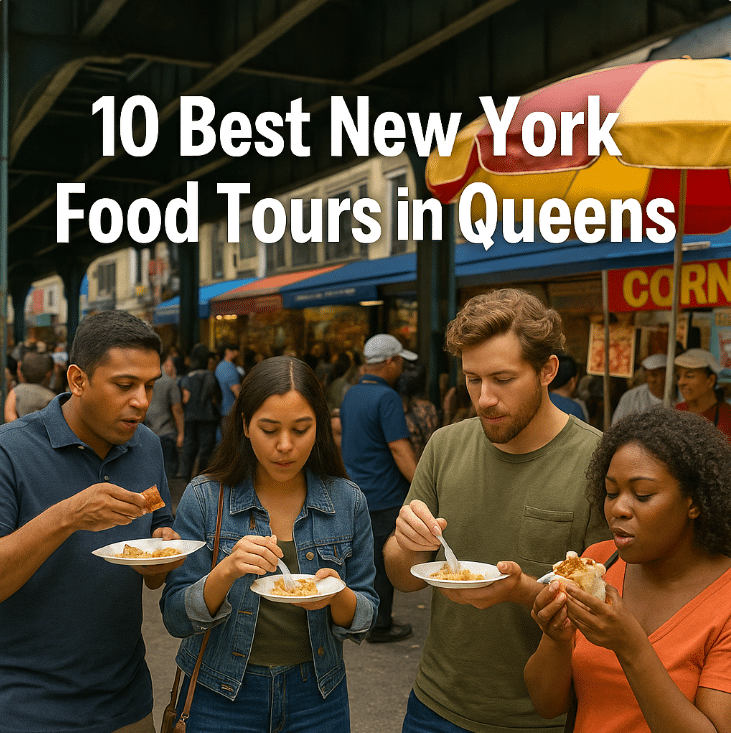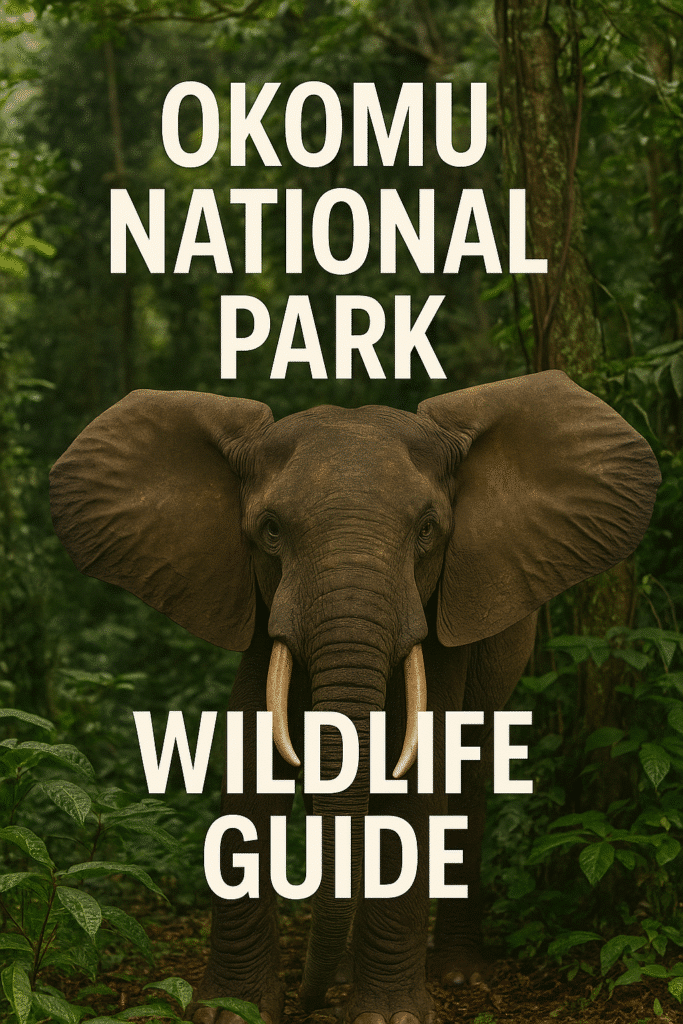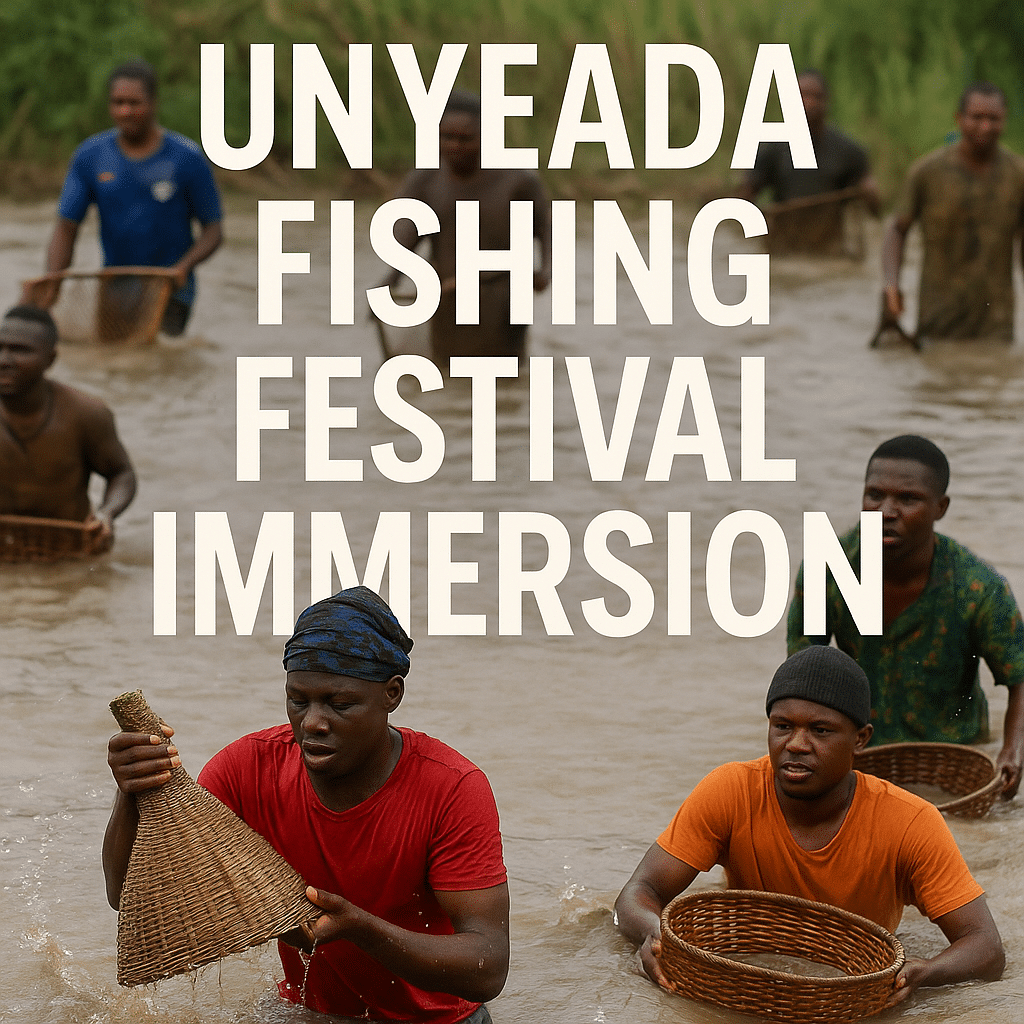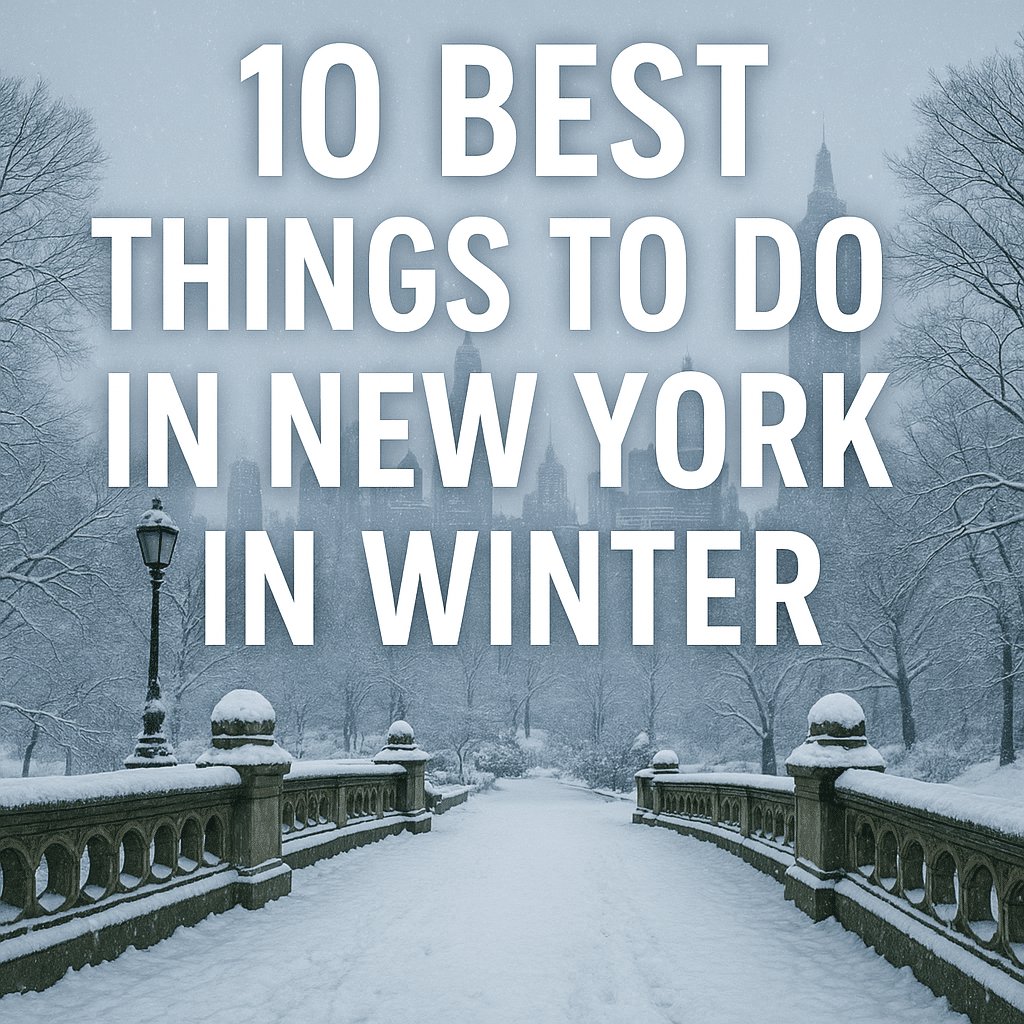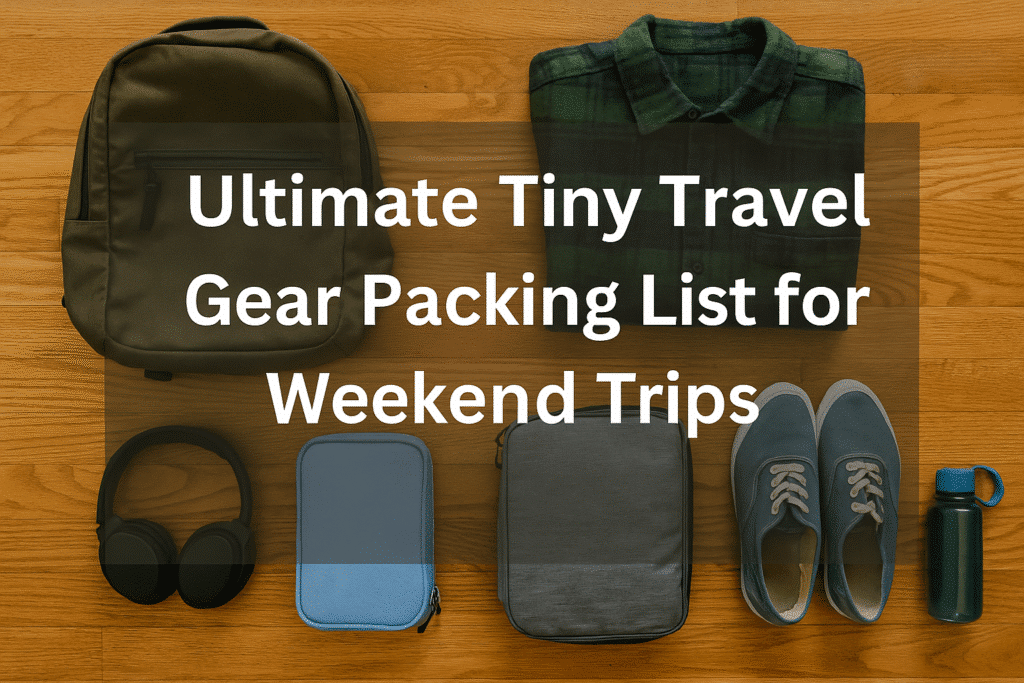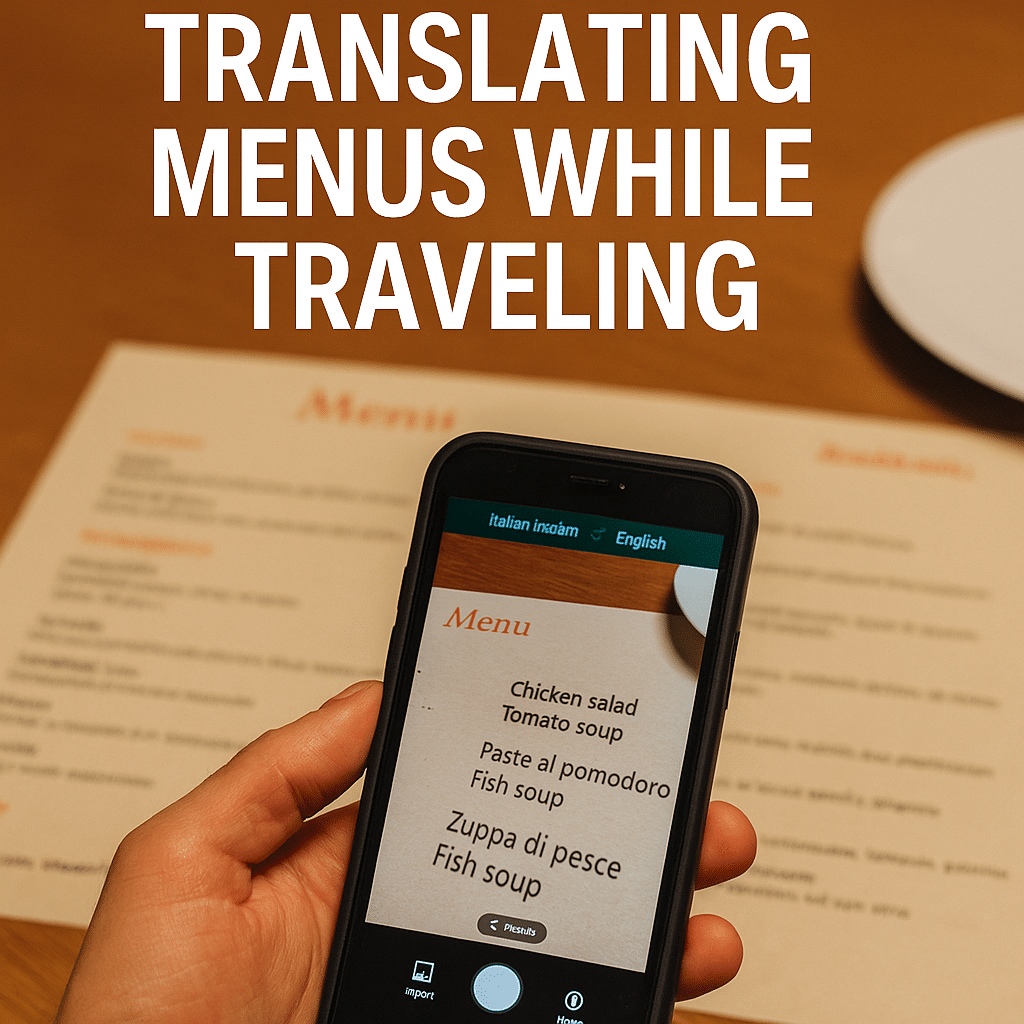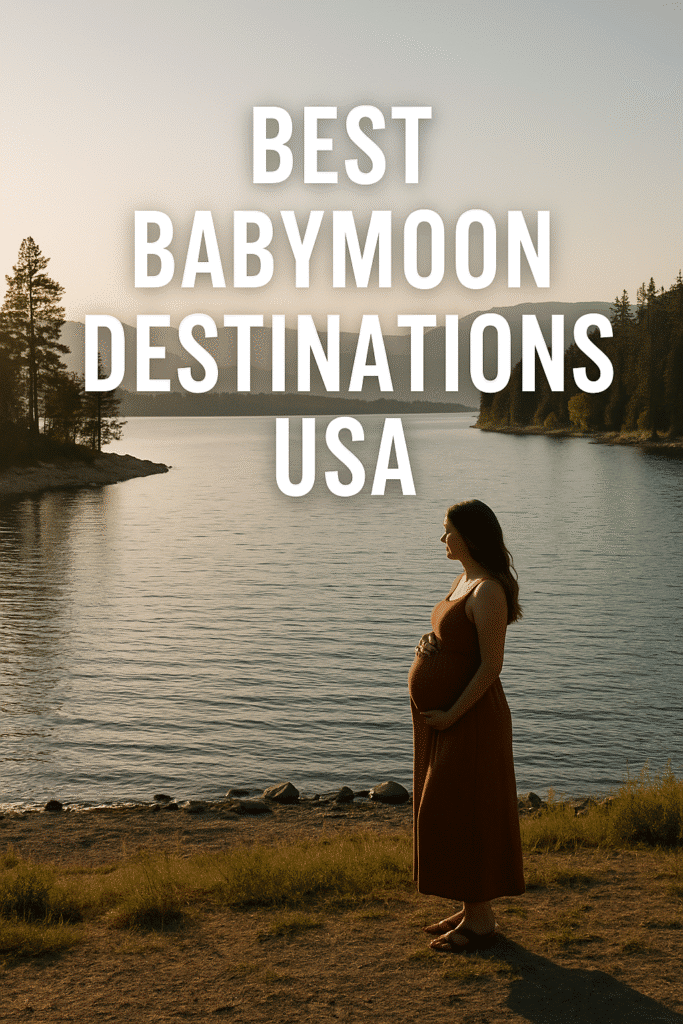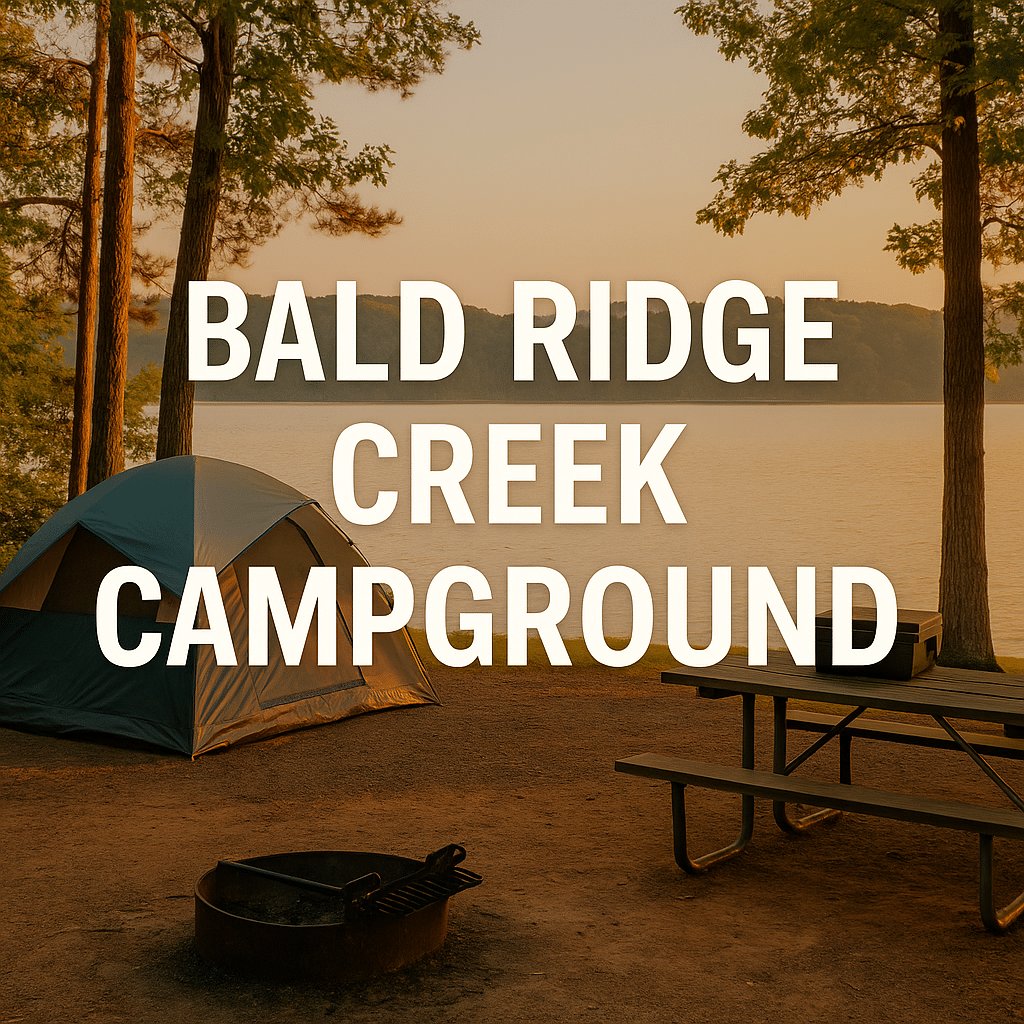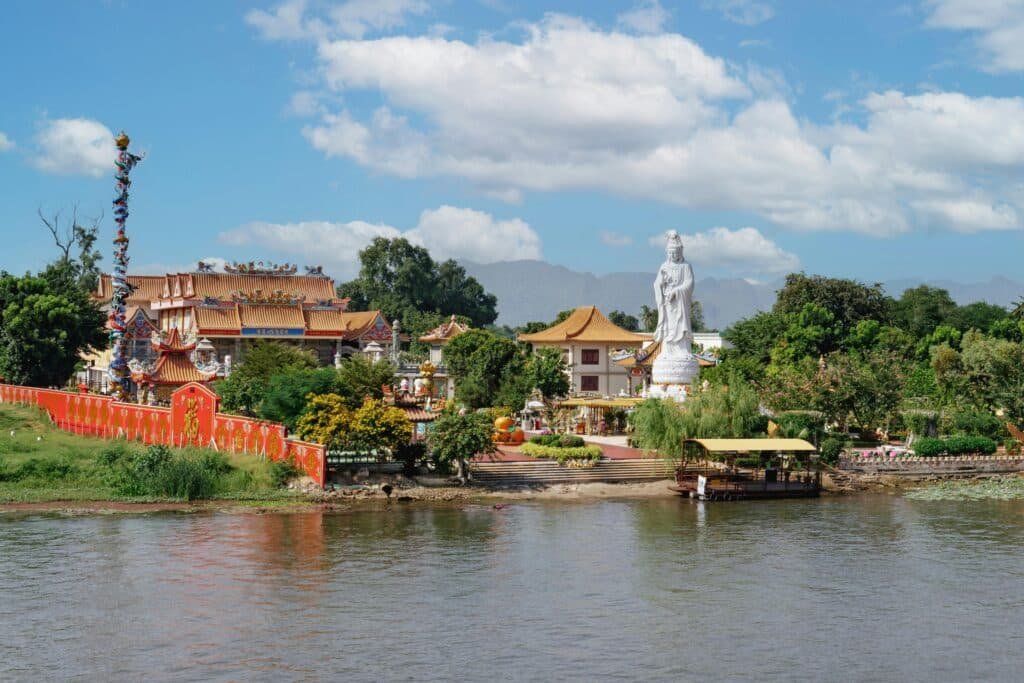10 Best New York Food Tours in Queens- Price and More
Discover 10 best New York food tours in Queens – from guided walks in Astoria to self-guided bites in Flushing – with prices, tips, and fun comparisons. New York Food Tours in Queens: Top 10 Tasty Adventures for Everyone Under the 7 train in Jackson Heights, Queens – a bustling street known for its diverse eateries and vibrant food culture. Queens, New York City’s largest and most diverse borough, is a paradise for food lovers. With over a million immigrants calling Queens home, you can taste cuisines from all around the world in one borough. One of the best ways to explore this culinary diversity is through a food tour. In this guide, we’ll introduce you to the 10 best food tours in Queens – from guided group tours led by local experts to self-guided food crawls you can do at your own pace. We’ll compare their prices, neighborhoods, highlights, and insider tips, so you can choose the perfect foodie adventure. By the end, even a 7th-grader will see why Queens’ food scene is so special (and drool a little)! Tip: Come hungry and wear comfortable shoes for any Queens food tour. You’ll be sampling plenty of delicious bites while walking through lively neighborhoods – an empty stomach and good sneakers are your best friends! Why Take a Food Tour in Queens? Queens isn’t as famous as Manhattan for tours, but it truly is NYC’s global food hub. In fact, travel experts at Lonely Planet named Queens the #1 travel destination in the US in 2015 largely because of its “truly global food culture”. This borough offers everything from authentic Asian street food in Flushing to homemade Latin American desserts in Corona, and classic Greek tavernas in Astoria. A guided food tour introduces you to hidden gems and local stories that you might miss on your own. Plus, you get to meet fellow foodies and learn the history behind each dish and neighborhood. If tours aren’t your thing, Queens is also great for DIY food adventures – but a knowledgeable guide can make it extra fun and informative. Tip: Don’t be shy about asking questions on your tour. Queens locals are proud of their food and culture, so guides love when you show interest. You might even get bonus recommendations for where to eat after the tour! Now, let’s dive into the 10 best Queens food tours. We’ll list each tour, what neighborhood it explores, how long it lasts, how much it costs, and what makes it special. After the list, you’ll find a handy comparison table and some FAQs to help you further. Let the mouthwatering journey begin! 1. Queens Food Tours – Flavors of Long Island City (LIC) Neighborhoods: Long Island City (Western Queens)Duration & Price: ~3 hours, $65 per adult (kids ~$48)Overview: Queens Food Tours is a local company founded by two Queens natives that offers the “Flavors of Long Island City” walking tour. In about three hours, you’ll stroll 1.5 miles through LIC’s historic streets, stopping at 5–6 eateries for generous tastingscarlsbadfoodtours.com. This tour brilliantly mixes local history with local foodcarlsbadfoodtours.com. You might taste a 100-year-old family-recipe burger, authentic French pastries, rustic Italian bites, and craft brews – all while learning how this former industrial area became a hip food haven. This tour consistently earns 5-star reviews on TripAdvisor and Yelp and was even named one of the “best food tours in NYC” by Time Out New Yorkcarlsbadfoodtours.com. Tour groups are kept small (max 16 people), and the guides are lifelong Queens residents passionate about their borough. It’s a great off-the-beaten-path New York experience, perfect for tourists who’ve seen Manhattan and are curious what else NYC has to offer. Families are welcome, and all tastings are included in the ticket price, so nobody leaves hungry! Good to know: Queens Food Tours is the only licensed tour company focusing exclusively on Queens, and it shows – they live and breathe Queens’ food scenecarlsbadfoodtours.com. Tours run on select days (often Wednesday, Friday, Saturday mornings, and Sunday midday)carlsbadfoodtours.com. Be sure to book in advance, as spots can sell outcarlsbadfoodtours.com, given this tour’s popularity and media praise. 2. Eat Your World – Jackson Heights Walking Tour Neighborhoods: Jackson Heights (Central Queens)Duration & Price: ~3 hours, $75–$80 per adulteatyourworld.comOverview: Eat Your World offers an “around-the-world” Jackson Heights Food Tour, led by founder Laura and her team of local guides. Jackson Heights is one of the most diverse neighborhoods on earth, and this tour lets you taste that diversity: think Tibetan momos (dumplings), Colombian arepas, Bangladeshi fuchka (street snack), and more – all in one afternoon stroll! Tours typically include 5–6 tasting stops, and group sizes are small (about 8–10 people), making it a friendly, intimate experience. What sets this tour apart is the personal touch and deep knowledge of the guides. Laura is a longtime resident and travel writer, and you’ll feel like you’re exploring with a foodie friend who knows every hidden gem. Past participants rave that it was the highlight of their NYC tripeatyourworld.com. The guides introduce you to restaurant owners, order in local languages, and share fascinating stories about immigration and culture behind each dish. Family-friendly options are available too – they even run special family tours and kids’ scavenger hunts to keep young ones engagedeatyourworld.com. On this tour, you’ll not only eat well but also learn a ton about Queens’ history and communities. It’s perfect for adventurous eaters and culture lovers. Vegetarian or have dietary restrictions? No problem – they accommodate most diets with advance notice. By the end, you’ll understand why Jackson Heights is called “the world’s borough in miniature.” Insider highlight: A recent guest loved that her 8-year-old child enjoyed the tour as much as she did – in her review, she said it was “the highlight of her NYC experience!”eatyourworld.com That shows how engaging and approachable this food adventure is for all ages. 3. Joe DiStefano’s Food Adventures – Flushing Chinatown Tour The vibrant storefronts on Main Street in Flushing reflect Queens’ thriving
10 Best New York Food Tours in Queens- Price and More Read More »

